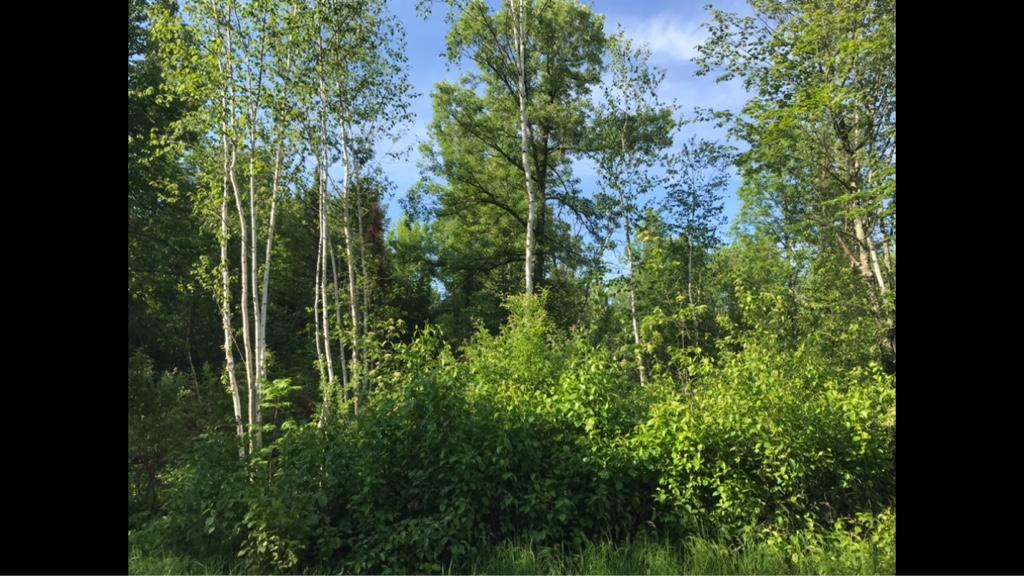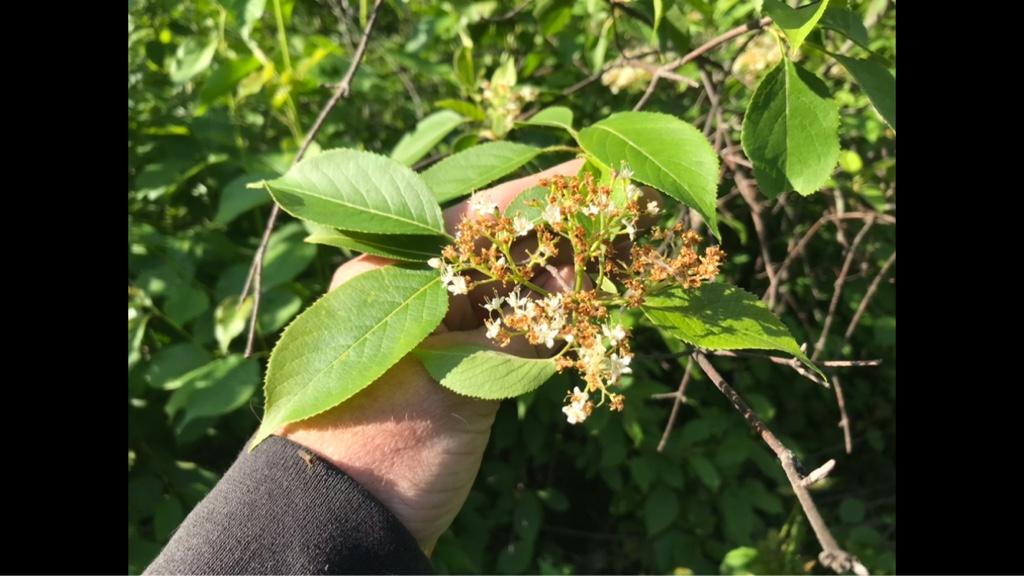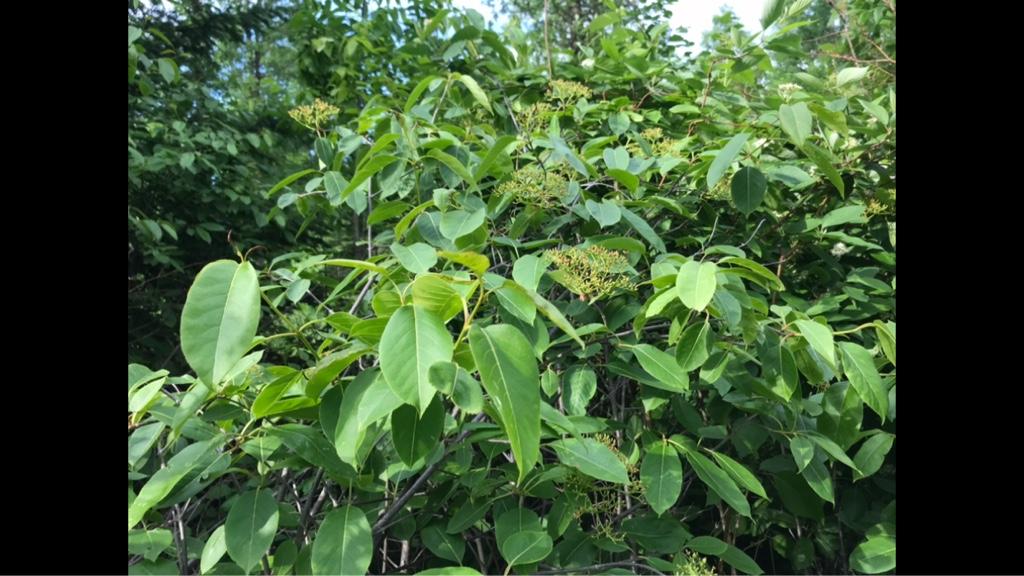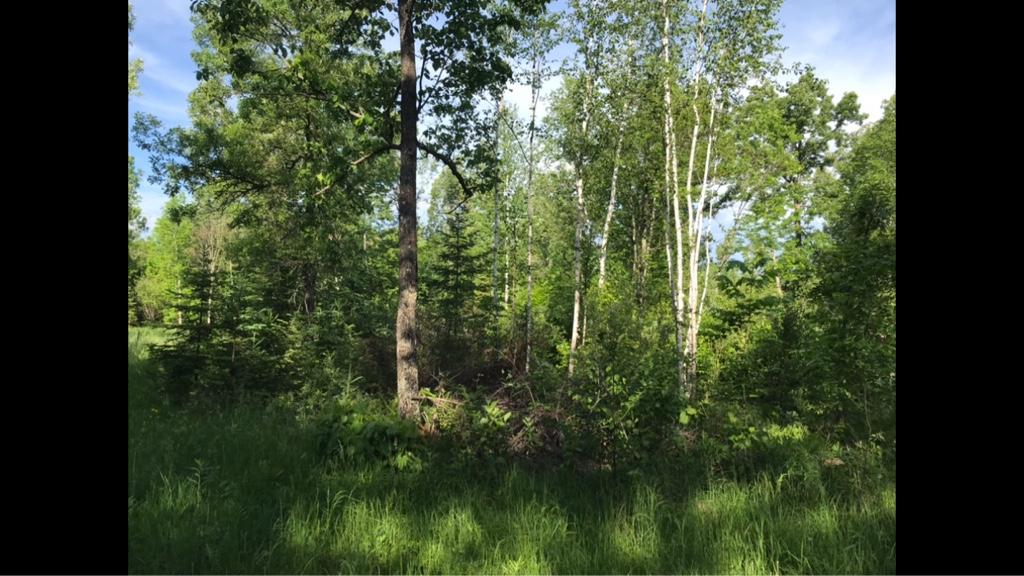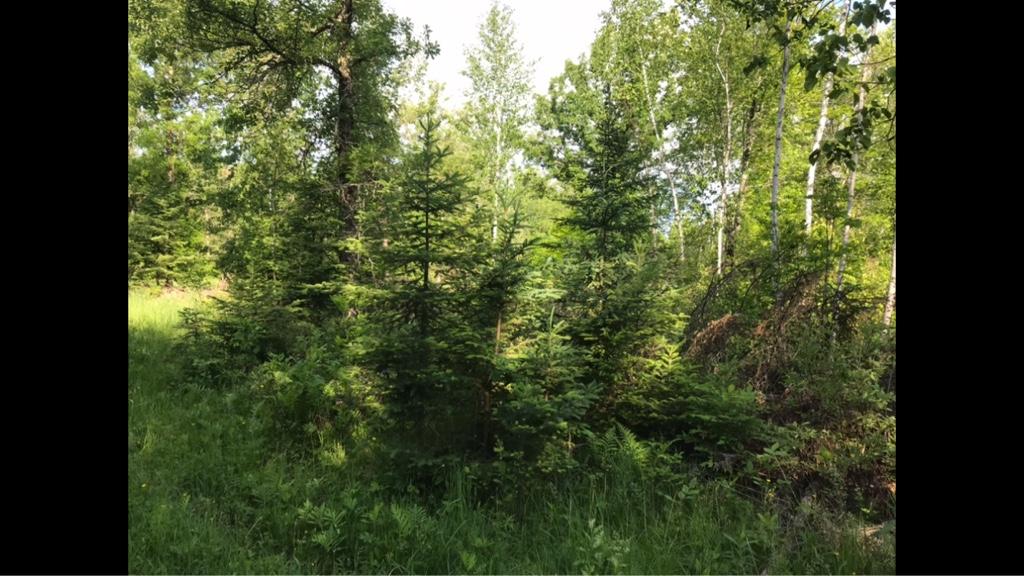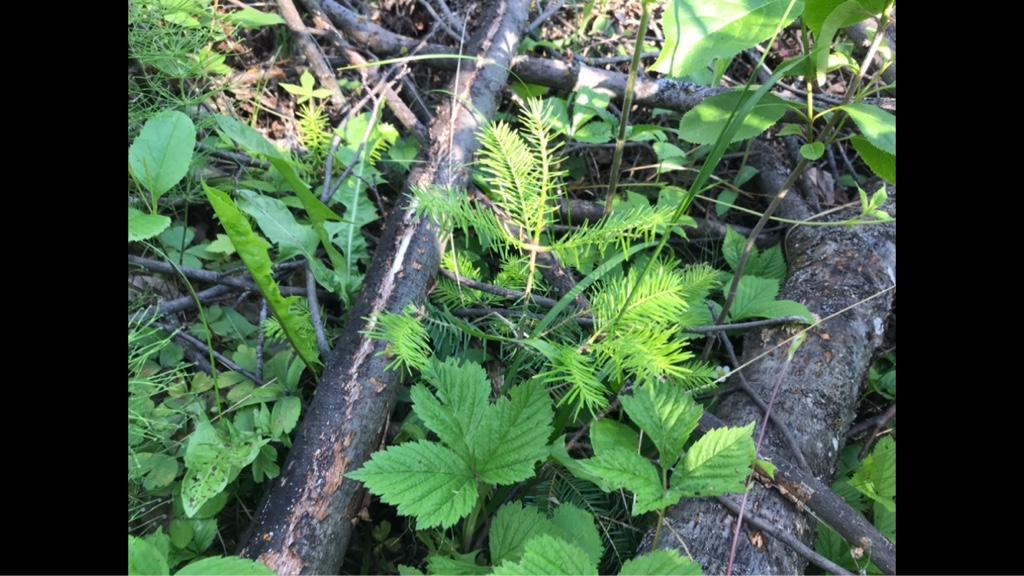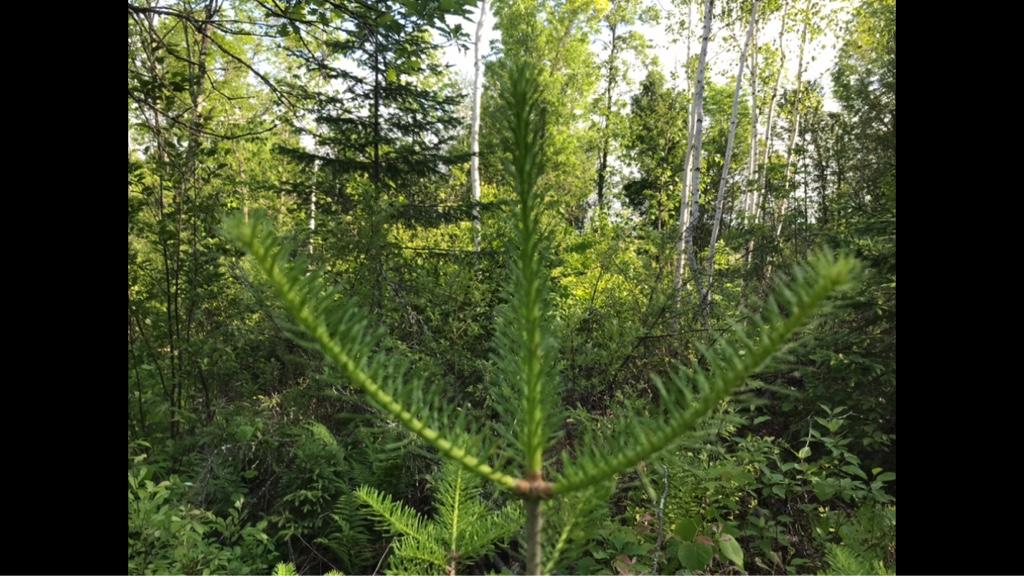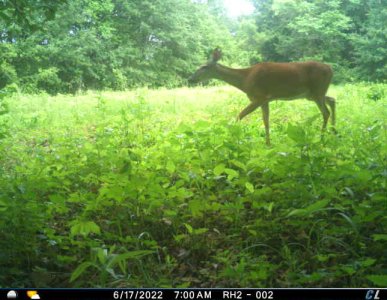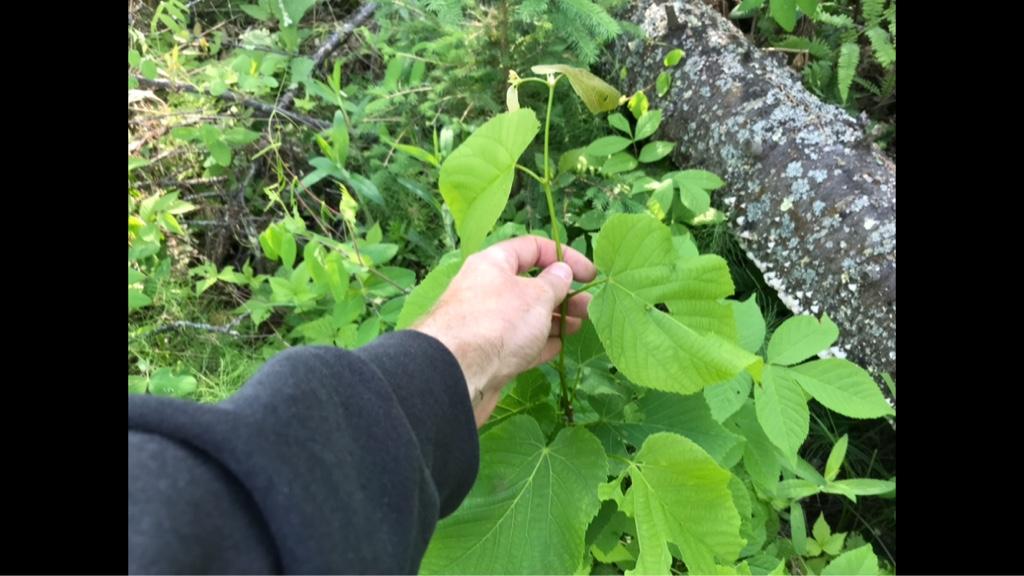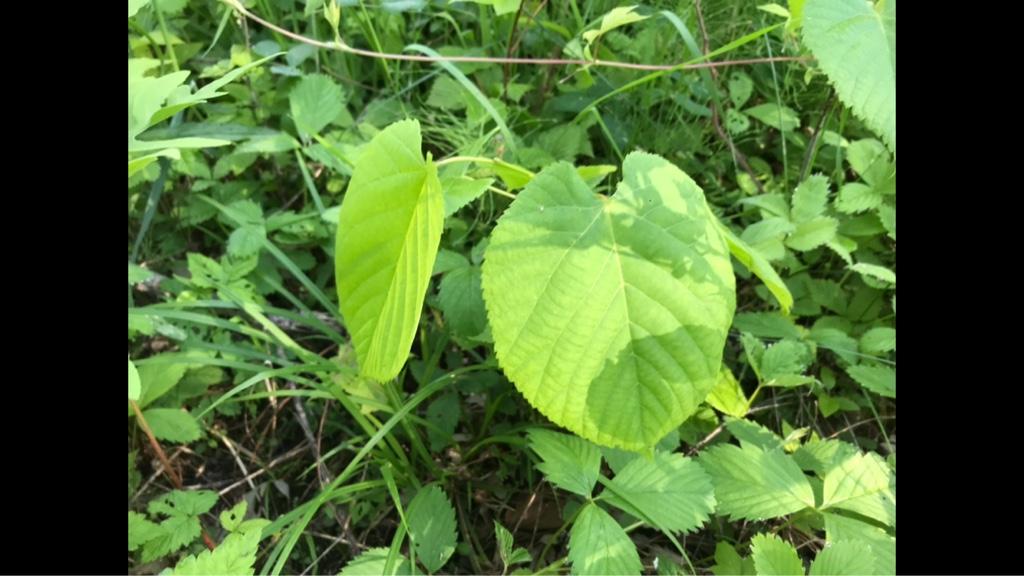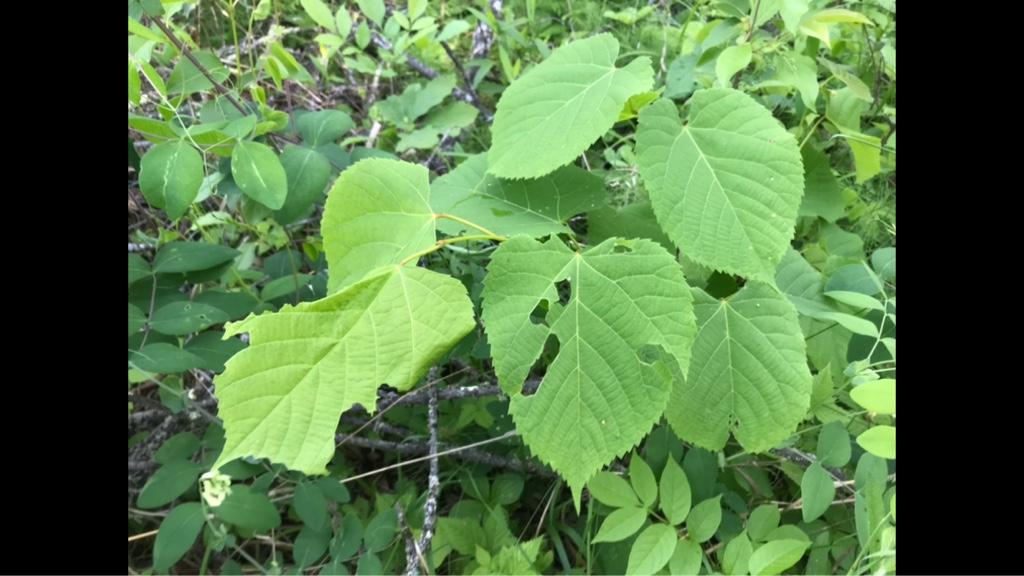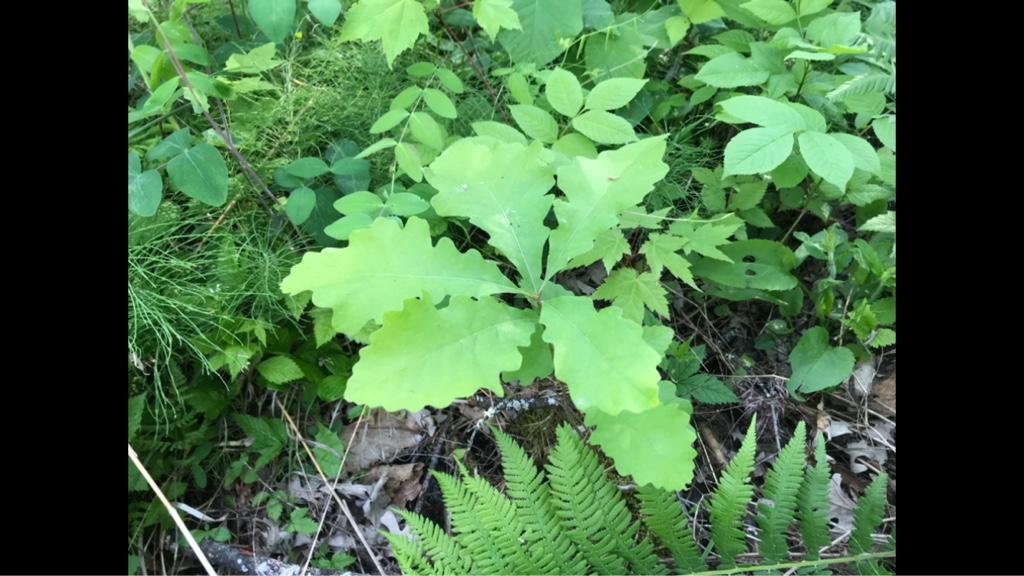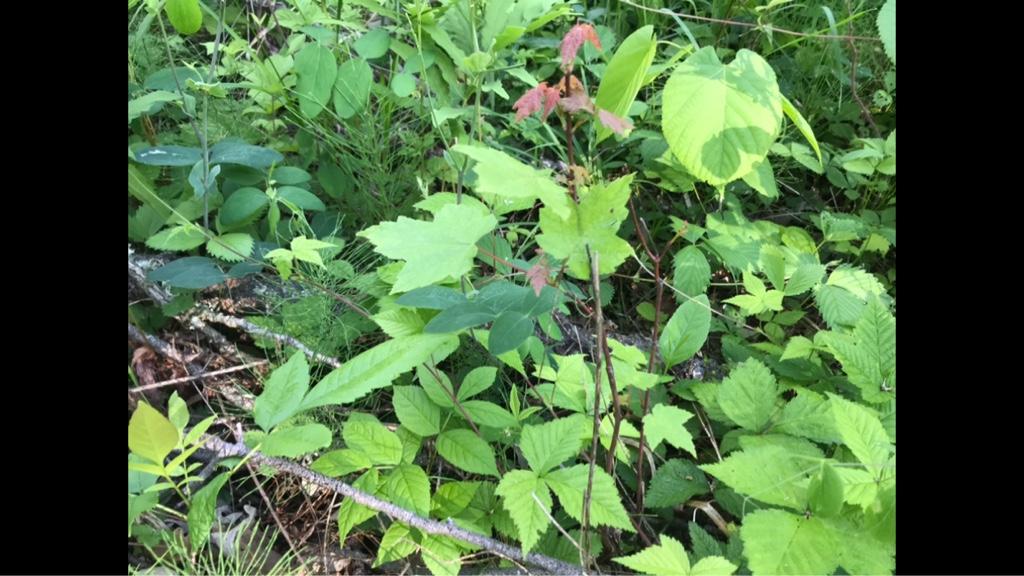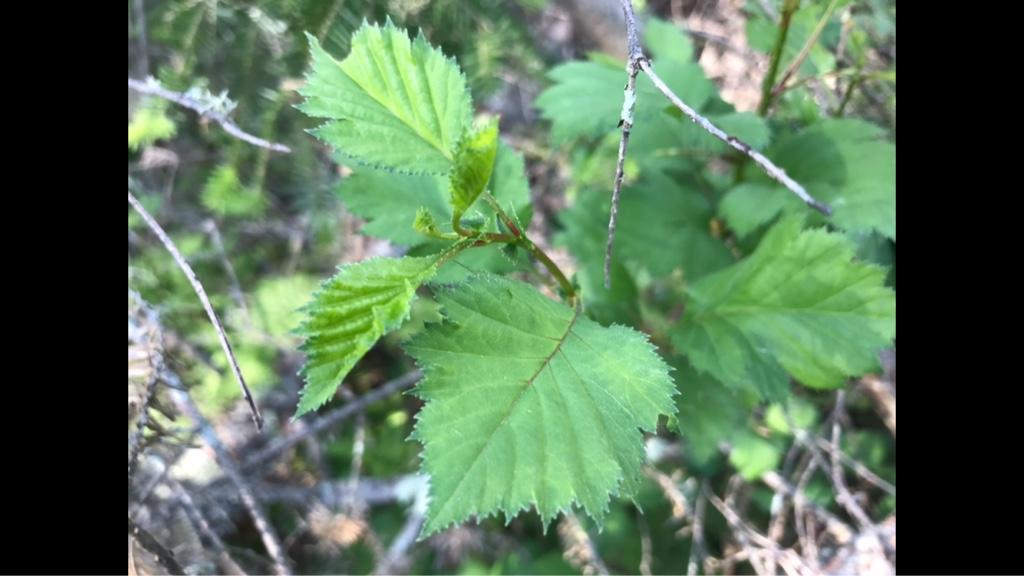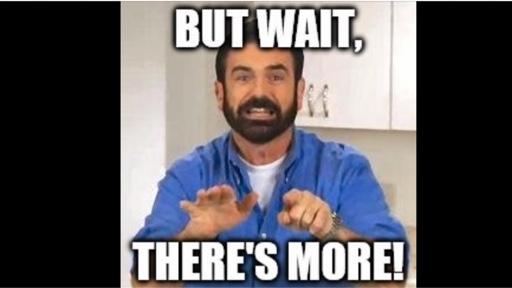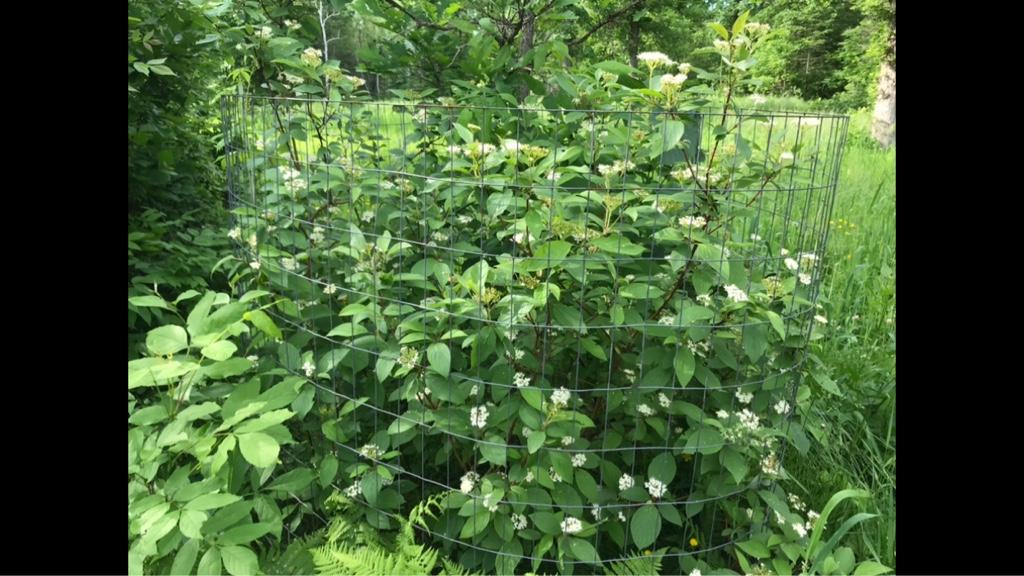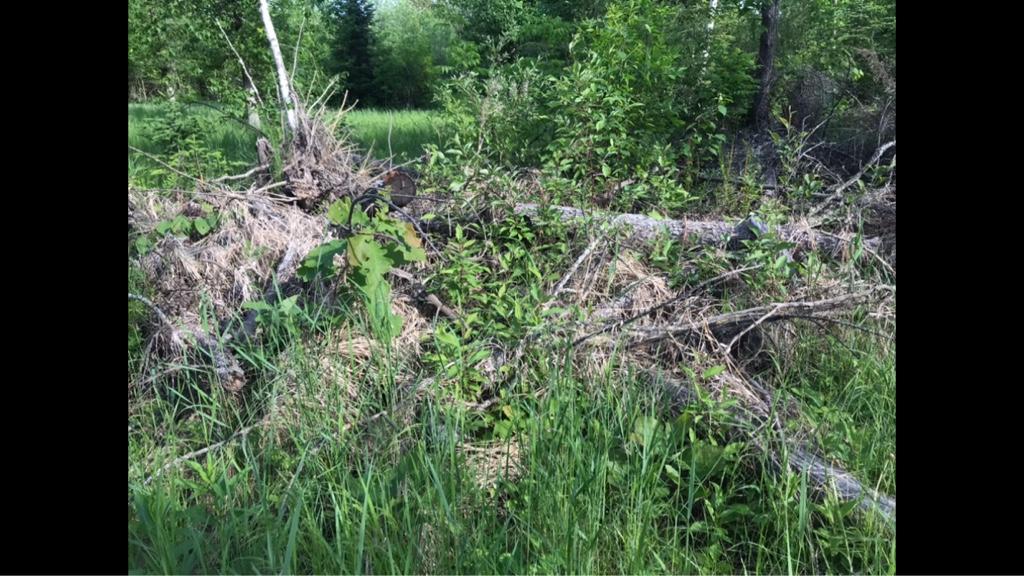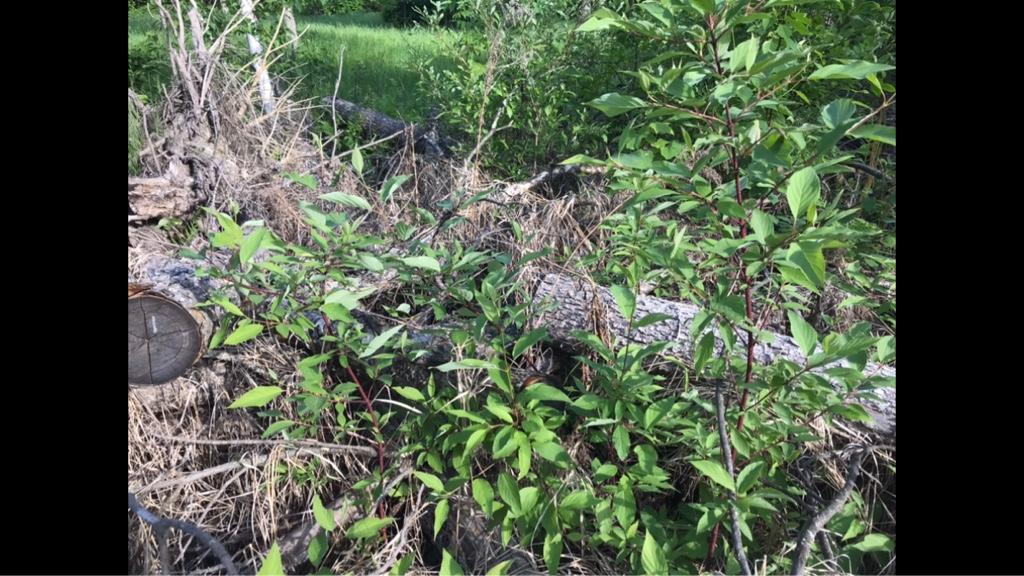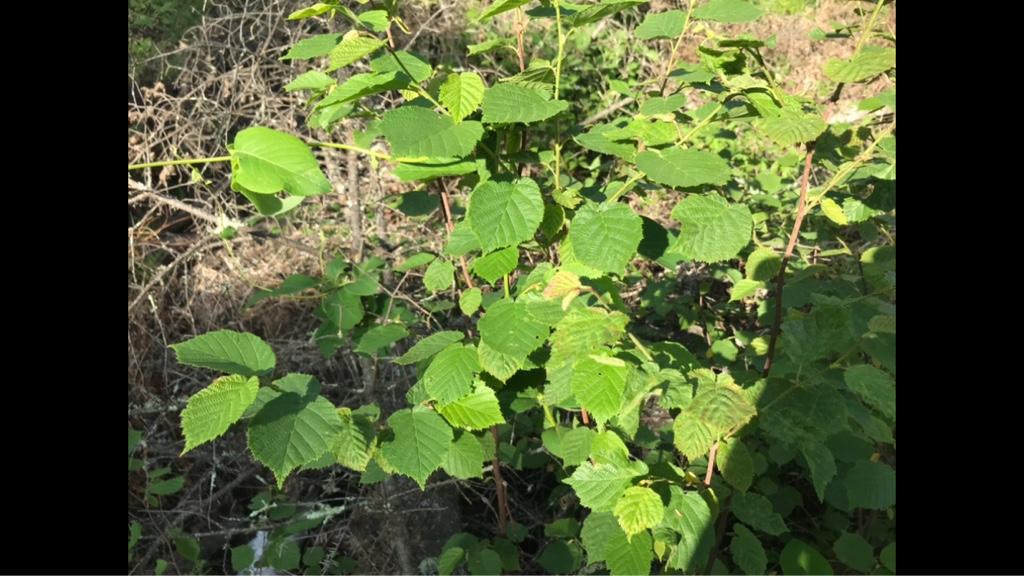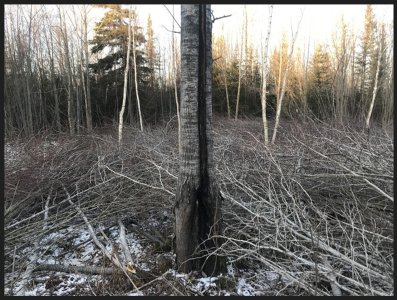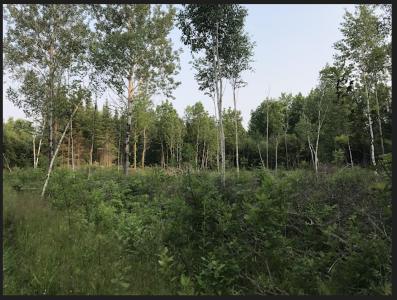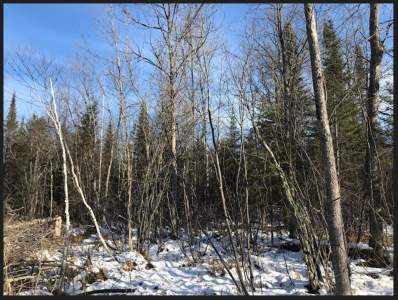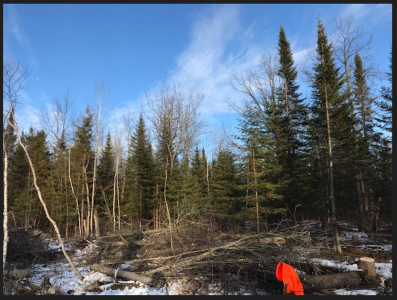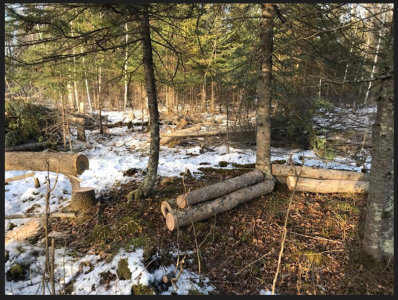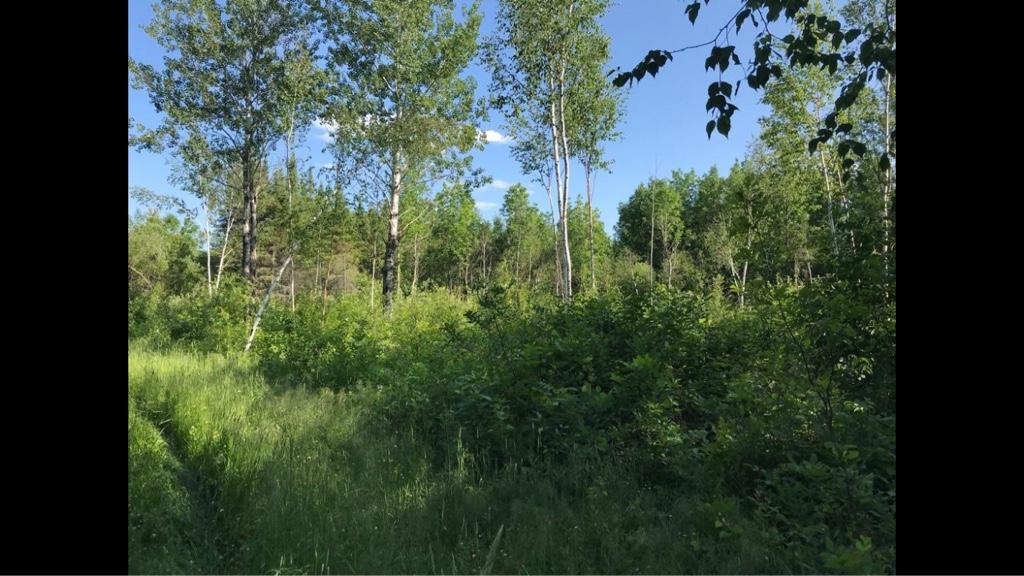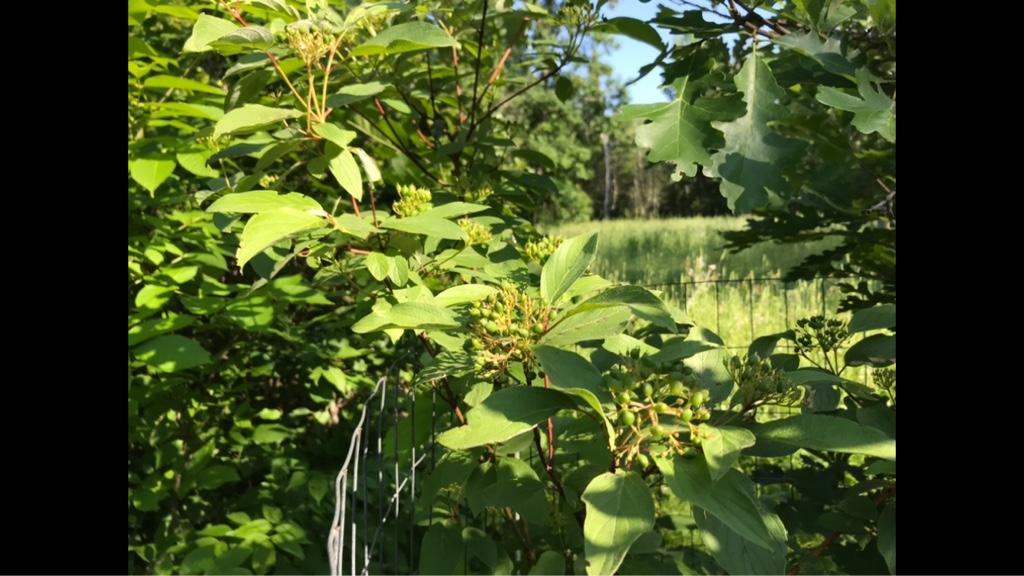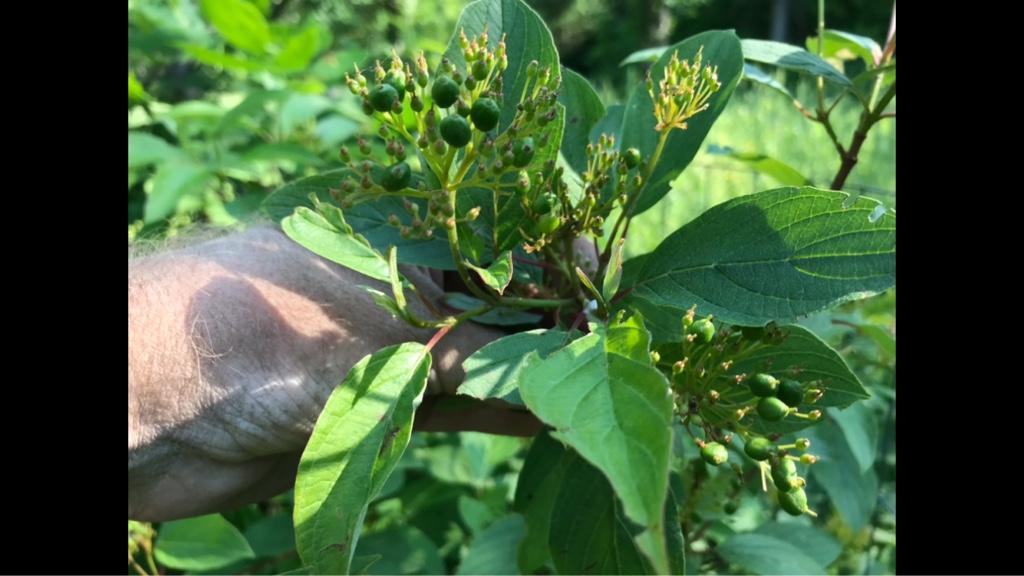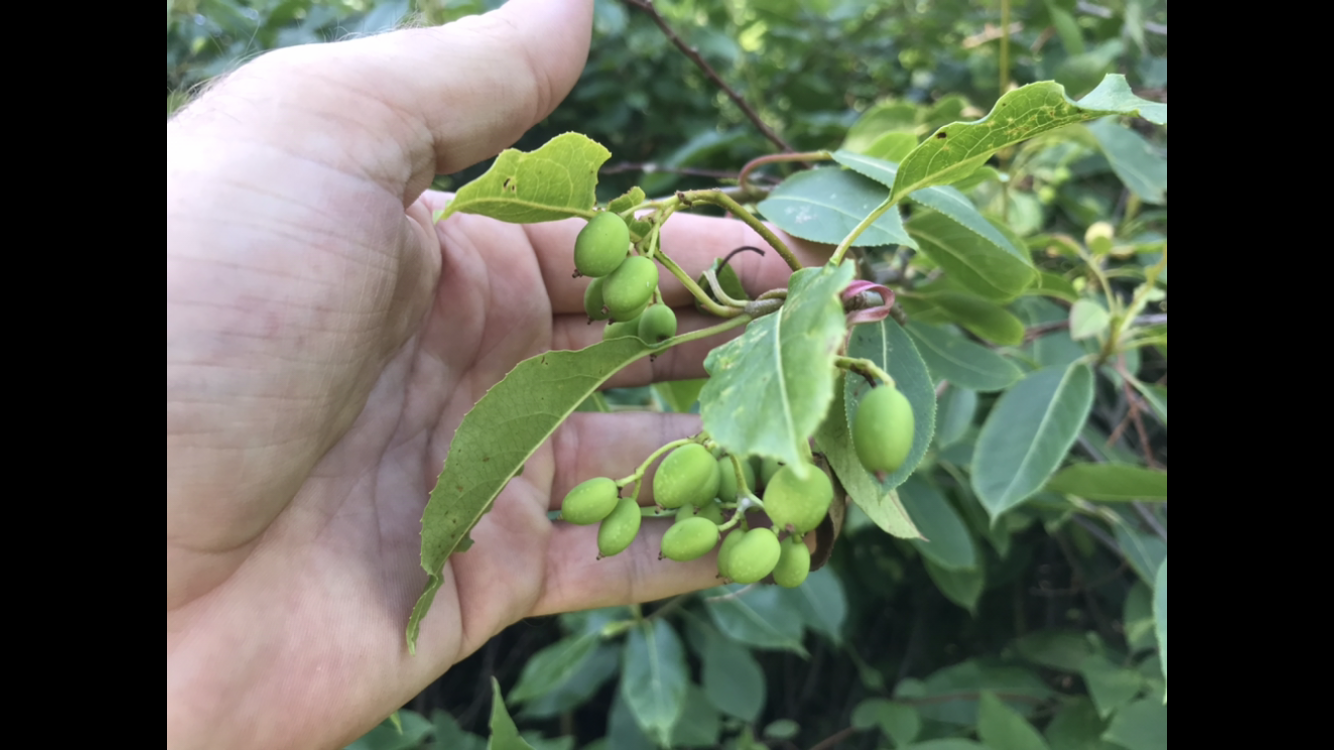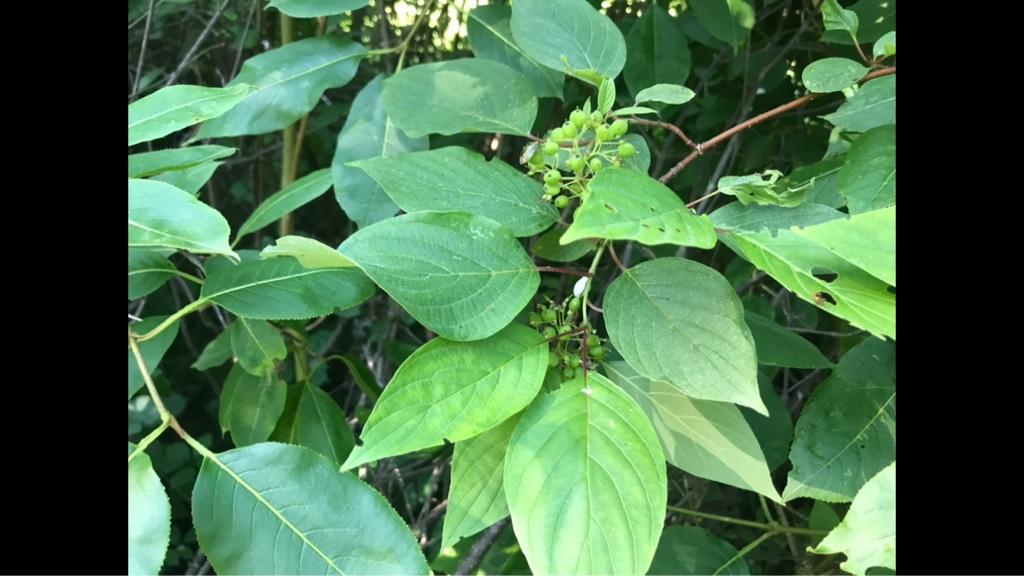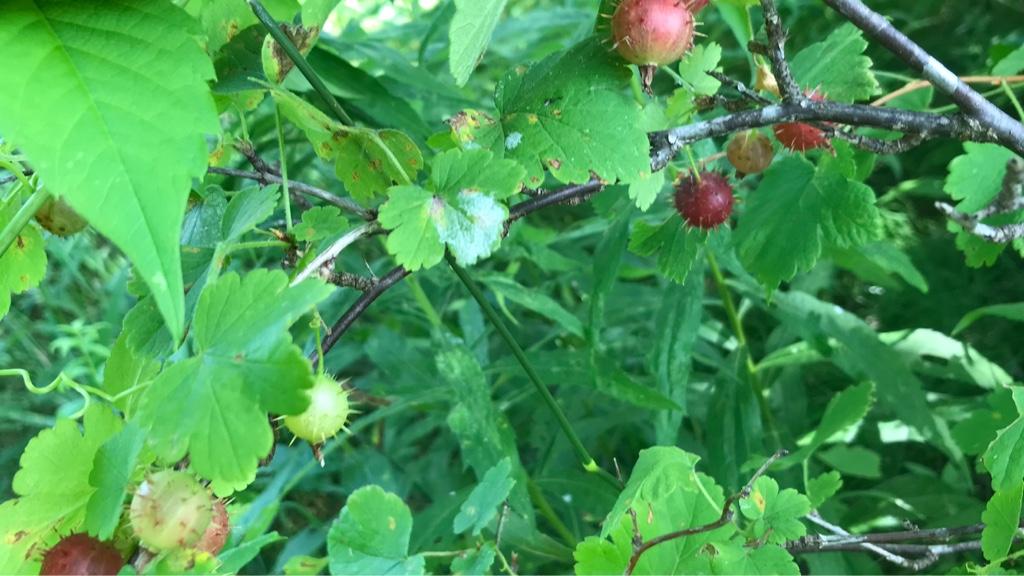SD51555
5 year old buck +
I grabbed a bunch of pics from my feature this weekend. The rest of my saw work is in my sanctuary, and that is closed until after rifle now. The feature is a pie piece of intensely managed natural vegetation in one of my food plots. The big idea behind this is to show what I’ve been able to do using just a saw, sunlight, and little rearranging of trees on my place.
Size: < 1/10th acre
The big idea behind why I went down this road is that I got tired of writing checks, busting my butt, and failing anyway. I Failed because of poor nursery stock, zone stretching, site mismatching, wrong soils, pests, shade, drought, flood, transplant shock, bugs, etc. I decided to go and find out how to unlock the full potential of what I’ve already got, while leaving the checkbook put away.
The speed at which change came was off the charts. Because nothing is ever imported and transplant stock comes from my own property, nothing ever fails. Because this stuff was all native, nothing needed to be caged, except some early native dogwood while I got to work cranking up my browse output. I may even go so far as saying ‘I think there is a strong inverse relation between dollars spent and the likelihood of success.’
Every year, I aim to get an acre or so added to the inventory of sanctuary acres that have been sorted and mostly flattened, to release my good stuff, whatever that may be, and kick start regen from the floor up where I found nothing to release.
Sent from my iPhone using Tapatalk
Size: < 1/10th acre
The big idea behind why I went down this road is that I got tired of writing checks, busting my butt, and failing anyway. I Failed because of poor nursery stock, zone stretching, site mismatching, wrong soils, pests, shade, drought, flood, transplant shock, bugs, etc. I decided to go and find out how to unlock the full potential of what I’ve already got, while leaving the checkbook put away.
The speed at which change came was off the charts. Because nothing is ever imported and transplant stock comes from my own property, nothing ever fails. Because this stuff was all native, nothing needed to be caged, except some early native dogwood while I got to work cranking up my browse output. I may even go so far as saying ‘I think there is a strong inverse relation between dollars spent and the likelihood of success.’
Every year, I aim to get an acre or so added to the inventory of sanctuary acres that have been sorted and mostly flattened, to release my good stuff, whatever that may be, and kick start regen from the floor up where I found nothing to release.
Sent from my iPhone using Tapatalk
Last edited:

